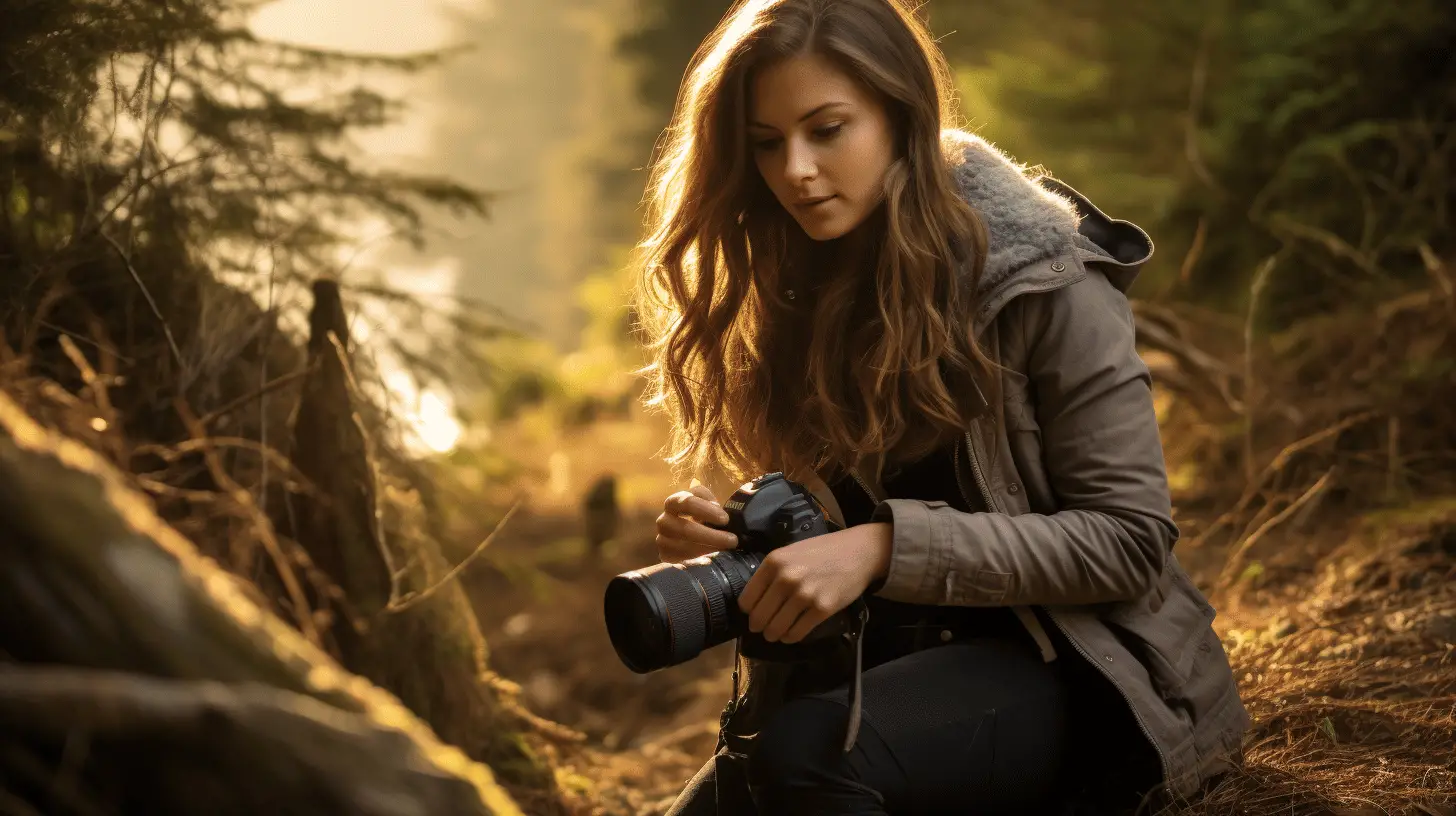With the use of photography, we can express our creativity, seize moments, and use pictures to convey tales. This book will provide you useful advice and lessons to improve your photography, regardless of your level of experience. Whether you’re a novice trying to grasp the fundamentals or an enthusiast hoping to advance your abilities. Photography is more than just clicking a button; it’s about knowing how to use light, composition, and subject matter to your advantage in order to arouse curiosity in your audience, tell tales, and elicit strong feelings.
Knowing Your Camera:
Being familiar with your camera is the first step towards becoming a skilled photographer. You can record the world around you using a camera, be it a professional-grade DSLR, a little point-and-shoot, or a smartphone. Gaining an understanding of its features, operations, and capabilities will enable you to fully utilize it and turn your artistic concept into visually striking photos.
A camera is essentially a device made to record light onto a digital sensor or film. Modern cameras, on the other hand, are much more than just devices that capture light; rather, they are complex technological instruments with a wide range of settings, modes, and controls that let you tailor your shooting experience and get the desired outcomes.
Techniques for Composition:
Captivating photos are created using composition as their base. It’s the skill of positioning components inside the frame to arouse feelings, communicate meaning, and catch the eye of the observer. Developing compositional skills is necessary if you want to produce visually striking photos that captivate your audience.
The rule of thirds is one of the composition strategies that is most frequently utilized. According to this approach, the frame is divided into a grid of nine equal pieces, each of which has two horizontal and two vertical lines that cross four times.
Getting the Hang of Lighting:
Understanding lighting is essential to photography because it has the power to elevate or detract from your shots. Knowing how light behaves and how to work with it to your advantage can help you produce visually striking images that evoke depth, mood, and emotion.
Natural light and artificial light are the two main categories of lighting used in photography. Sunlight and other natural light sources are frequently chosen for their warmth and inherent beauty. Golden hour, which occurs just after dawn or before sunset, is one of the best times to take outdoor photos because of the warm, diffused light that creates long, attractive shadows. Because the sun is lower in the sky during this time, the lighting is softer and more uniform, enhancing the textures and colors in the scene.
Genres and Styles of Photography:
Investigate many photography genres, including street, macro, landscape, and portraiture.
Discover your specialty by experimenting and learning the fundamentals of each genre.
Look up well-known photographers in many genres to get ideas.
After-Processing Methods:
Learn how to use image editing programs such as Adobe Lightroom or Photoshop.
Acquire knowledge of fundamental editing skills including cropping, retouching, and color correction.
Recognize how crucial it is to maintain the organic appearance of your photos.
Tools and Add-ons:
Invest on necessary equipment such as a camera case, lens cleaning solution, and a robust tripod.
Look into and select lenses based on your favorite type of photography.
Investigate the world of accessories and filters to expand your creative options.
Conclusion:
You may take your photography to new levels by learning how to adjust the settings on your camera, playing with composition and lighting, and improving your post-processing abilities. Keep in mind that practice makes perfect, so don’t be afraid to step outside and take as many pictures as you can. You’ll acquire invaluable knowledge and understanding with every shot, which will further your development as a photographer.
Above all, don’t be scared to try new things, take chances, and stretch the limits of your imagination. Since photography is a very personal art form, the more of your individual vision and viewpoint you put into your shots, the more powerful and significant they will be.
Understanding lighting is essential to photography because it has the power to elevate or detract from your shots. Knowing how light behaves and how to work with it to your advantage can help you produce visually striking images that evoke depth, mood, and emotion.
Natural light and artificial light are the two main categories of lighting used in photography. Sunlight and other natural light sources are frequently chosen for their warmth and inherent beauty. Golden hour, which occurs just after dawn or before sunset, is one of the best times to take outdoor photos because of the warm, diffused light that creates long, attractive shadows. Because the sun is lower in the sky during this time, the lighting is softer and more uniform, enhancing the textures and colors in the scene.




